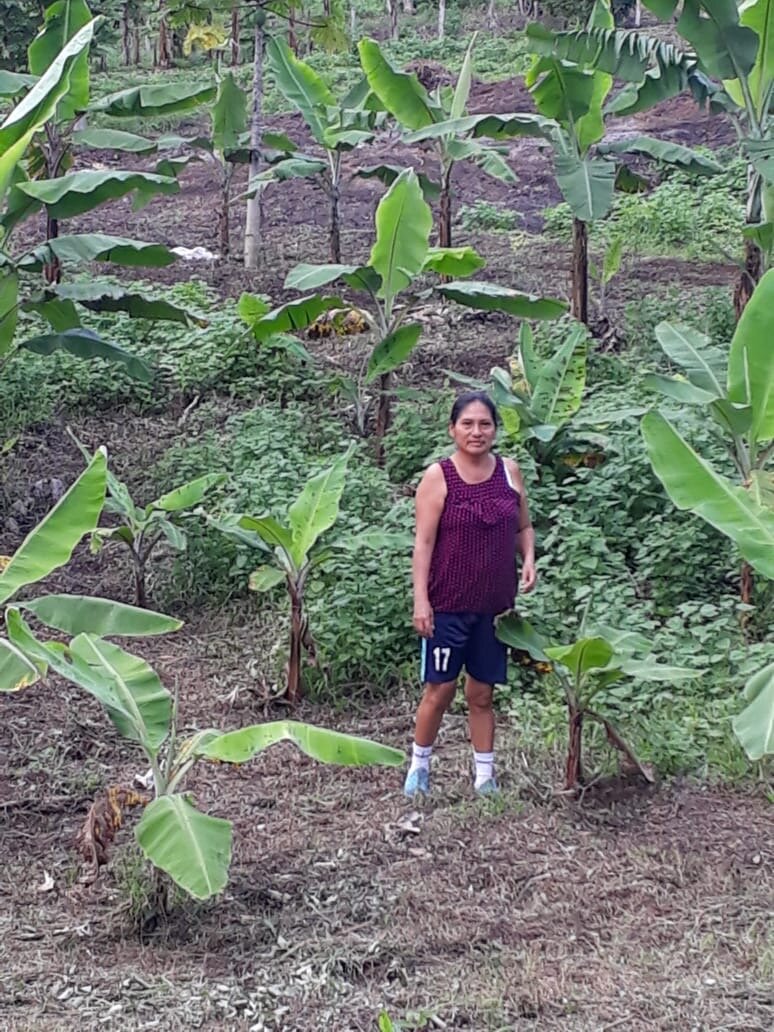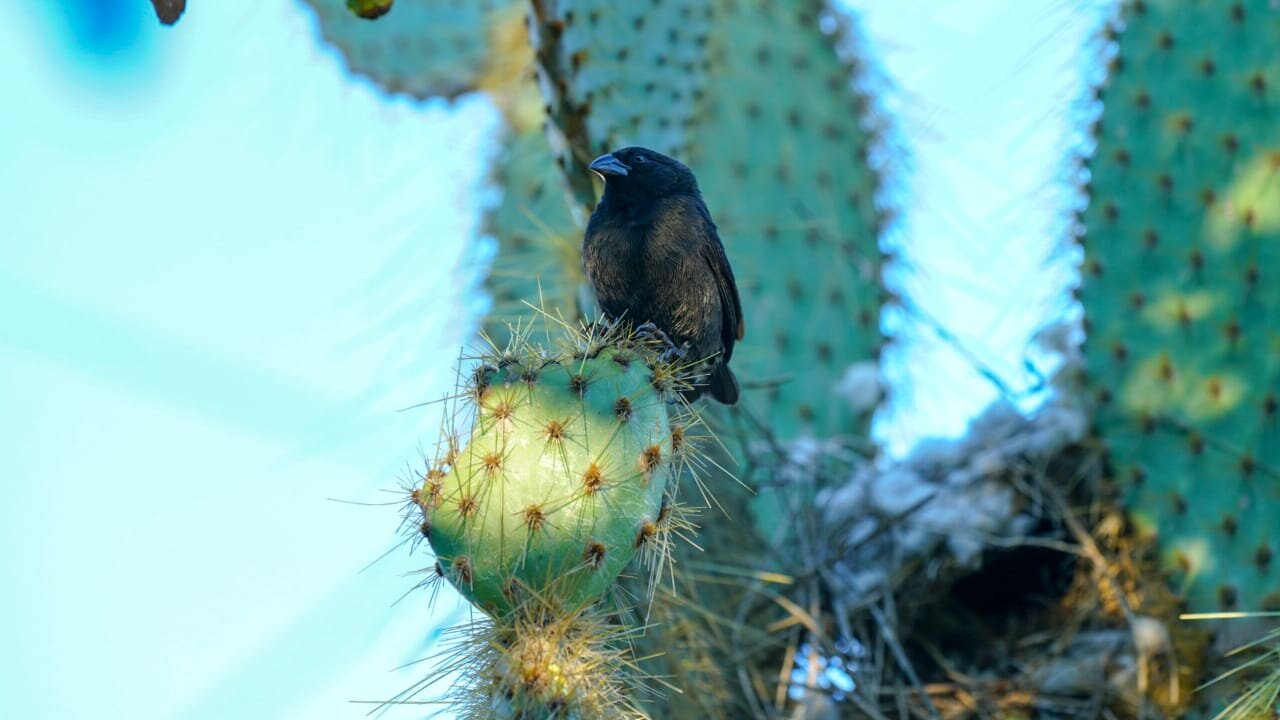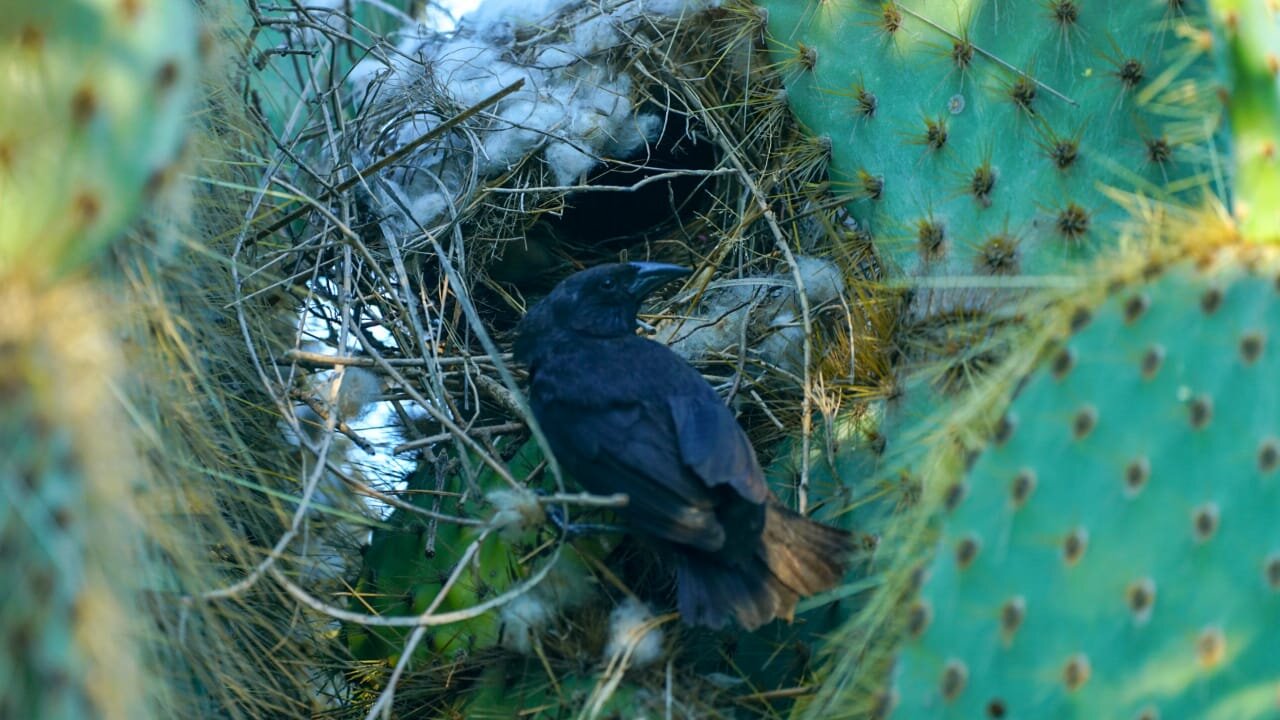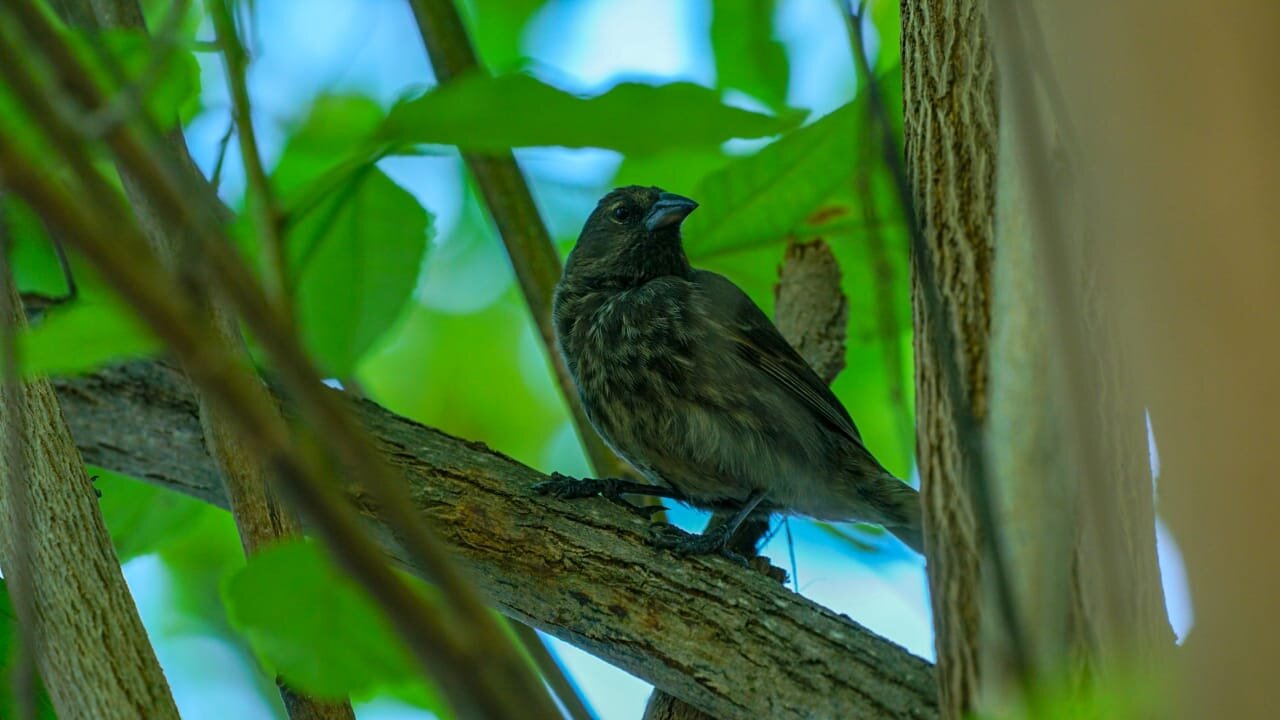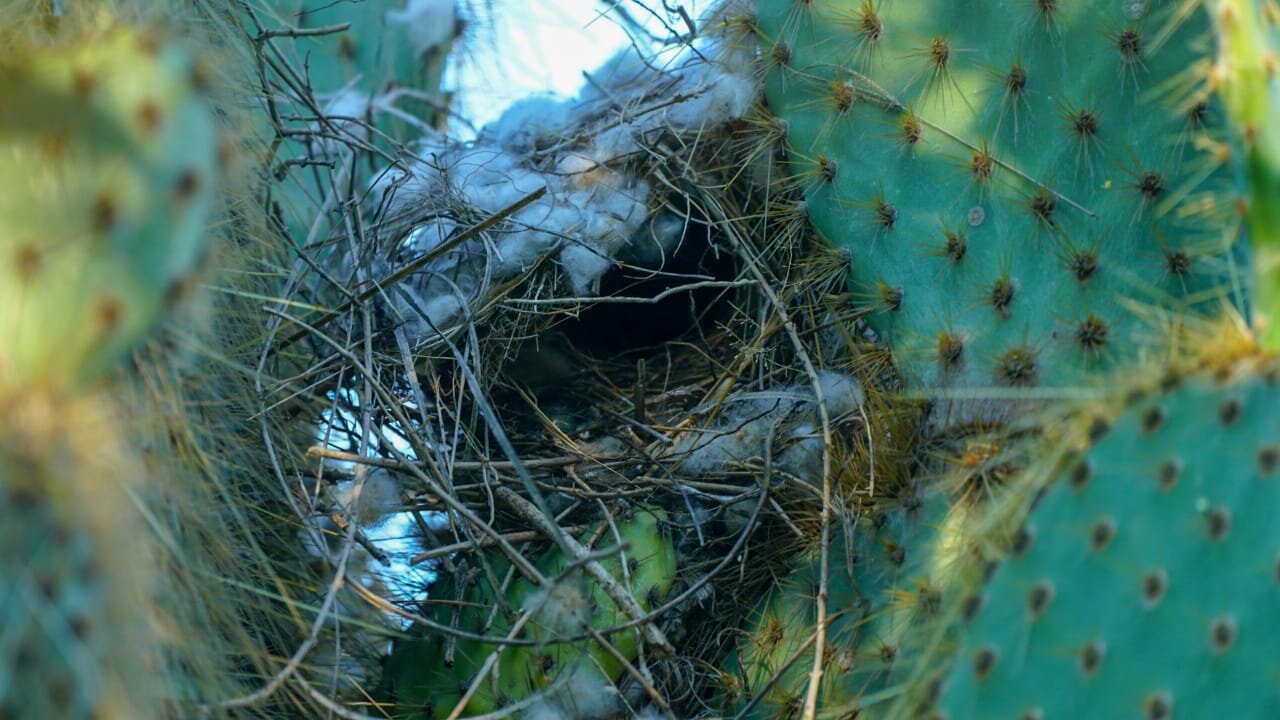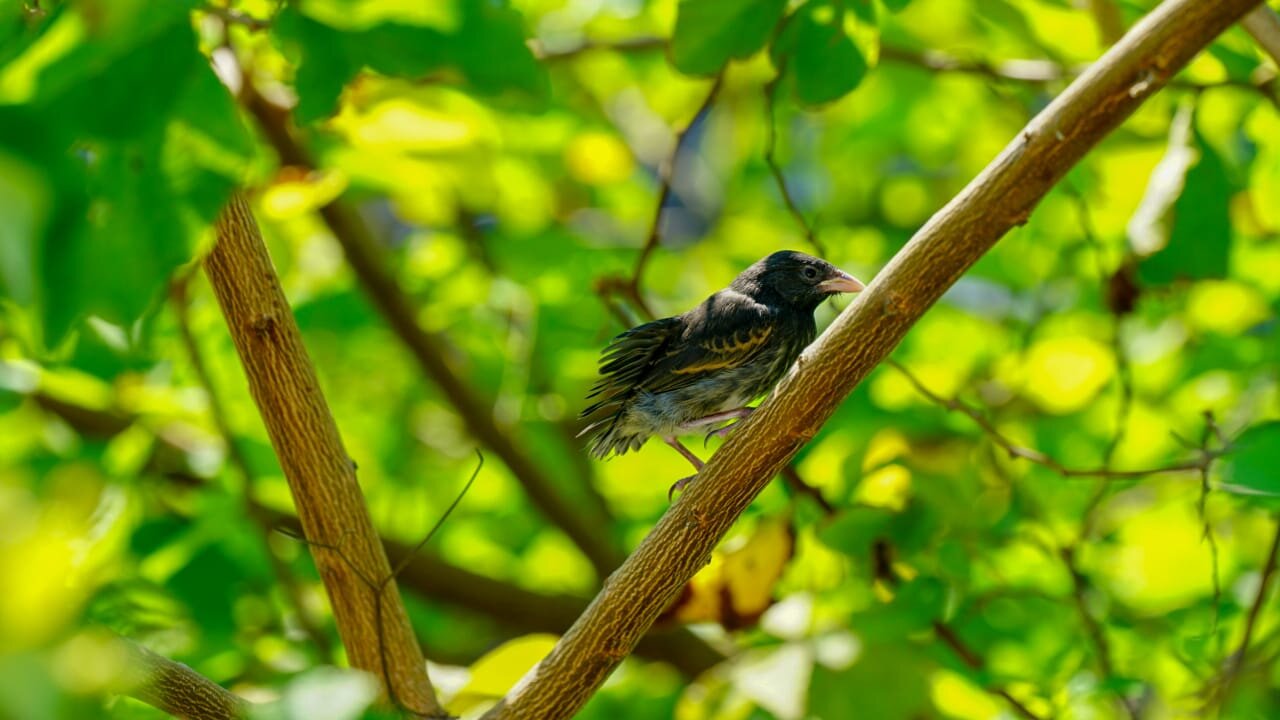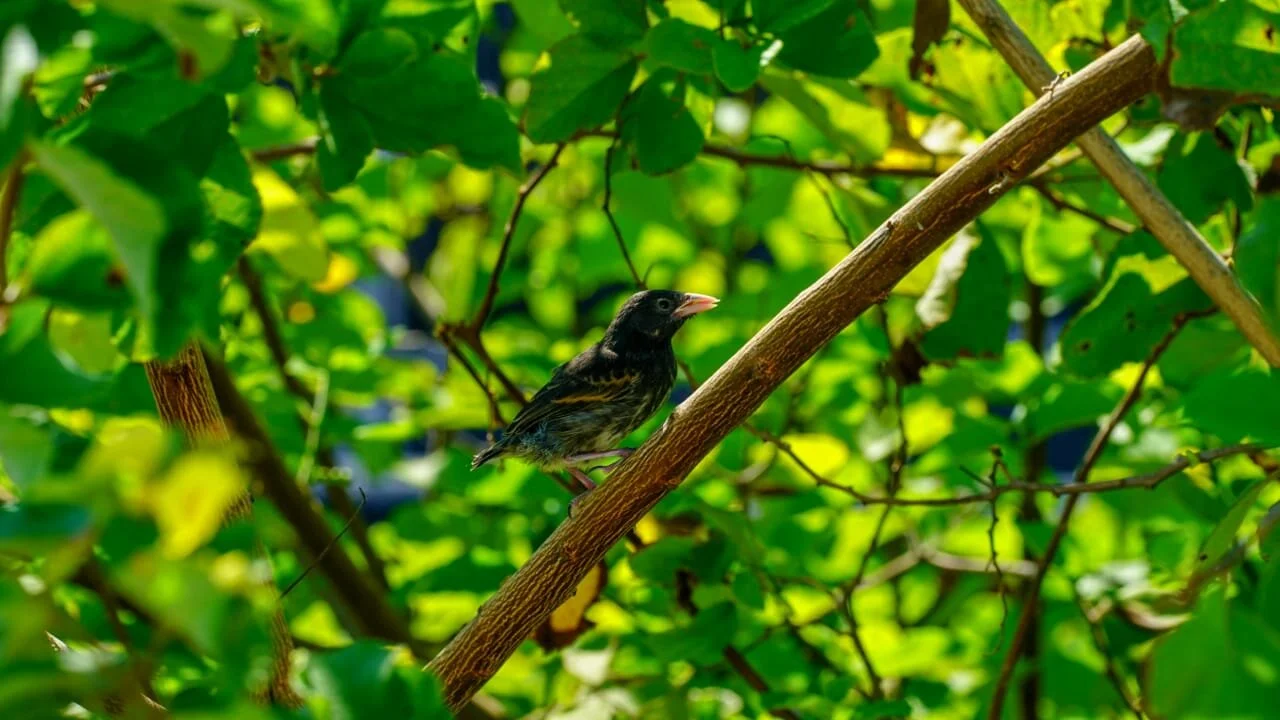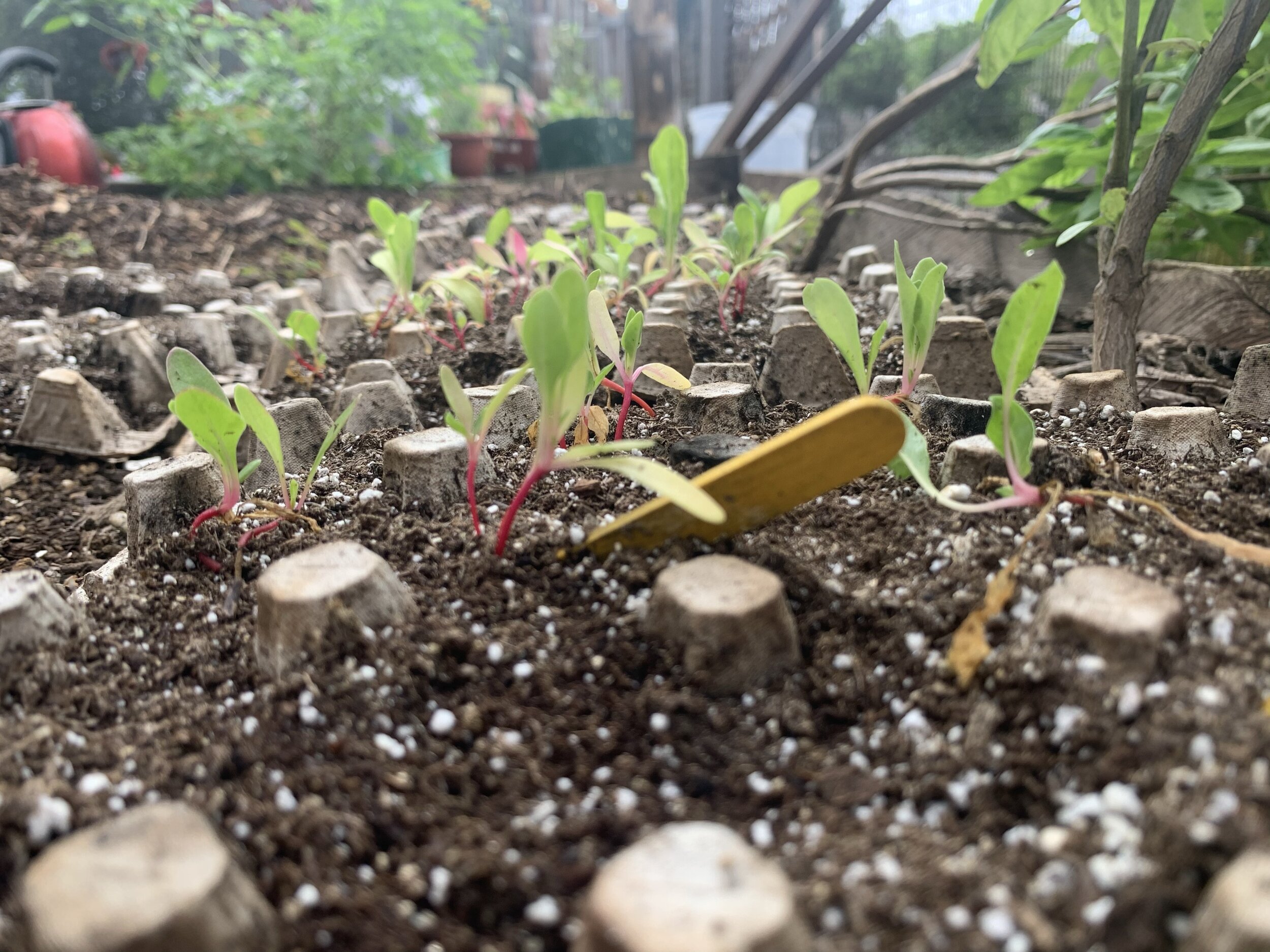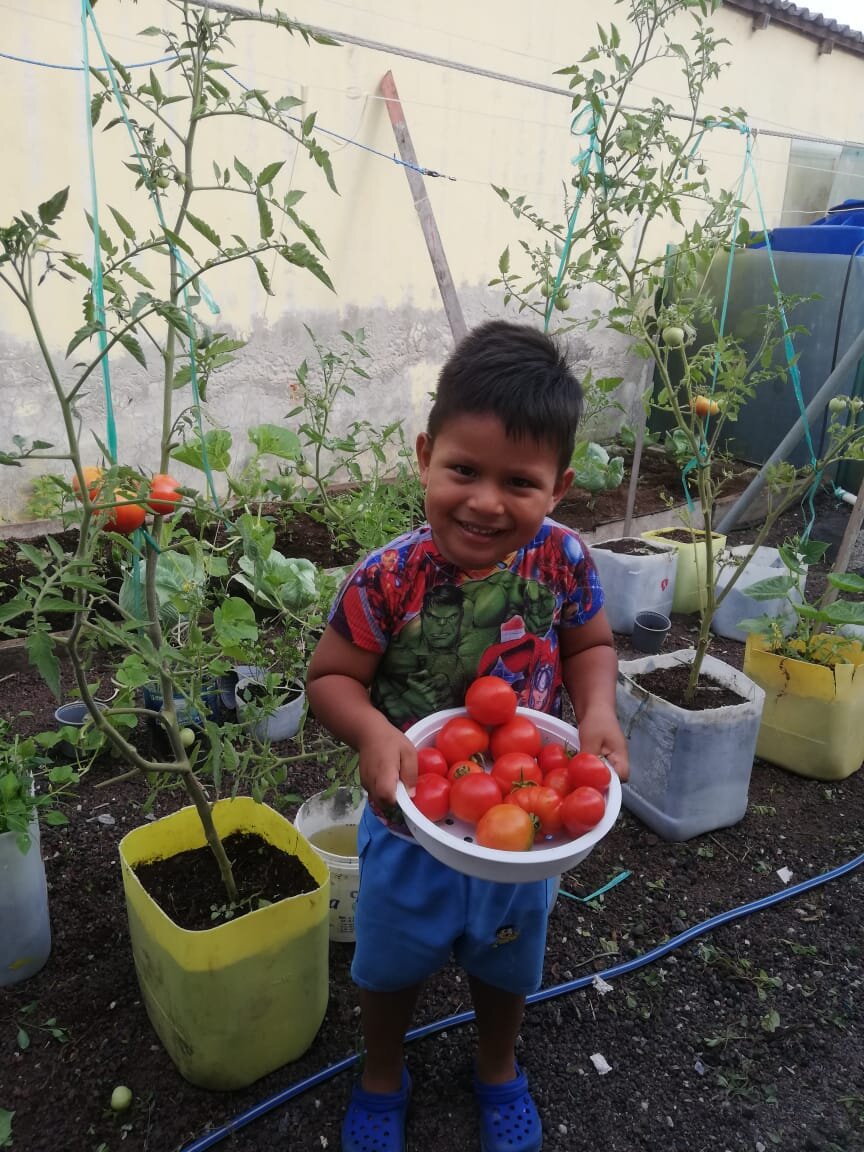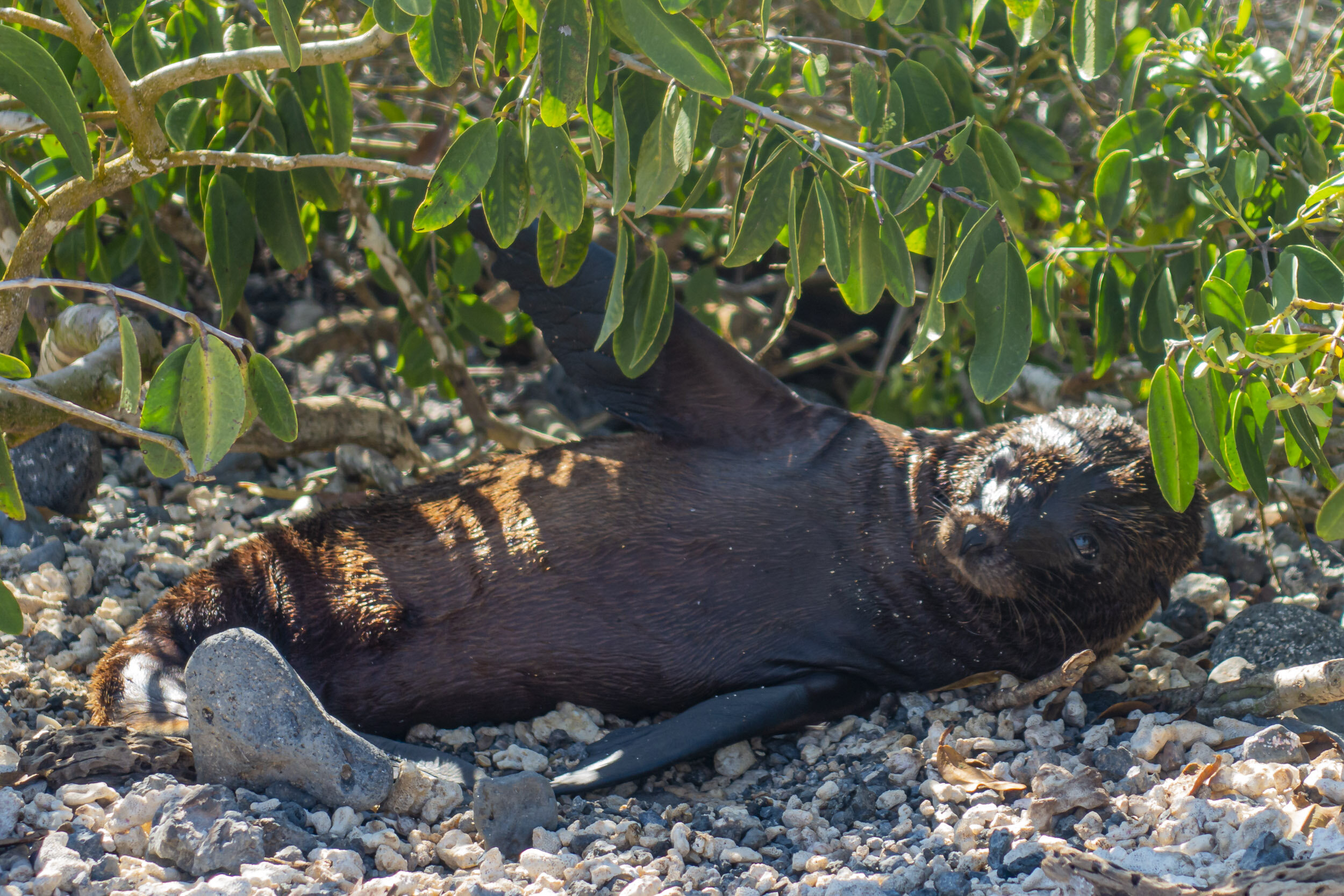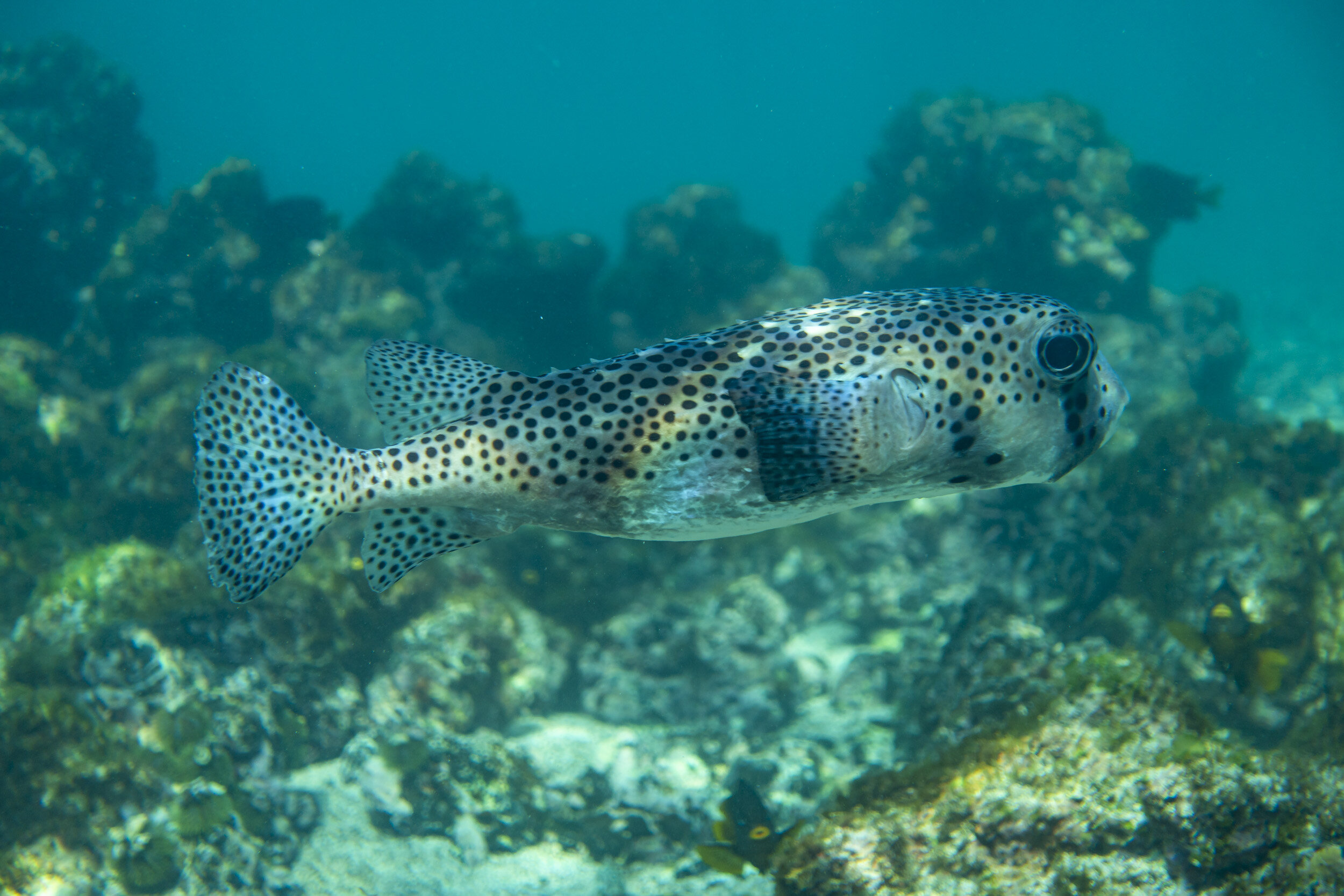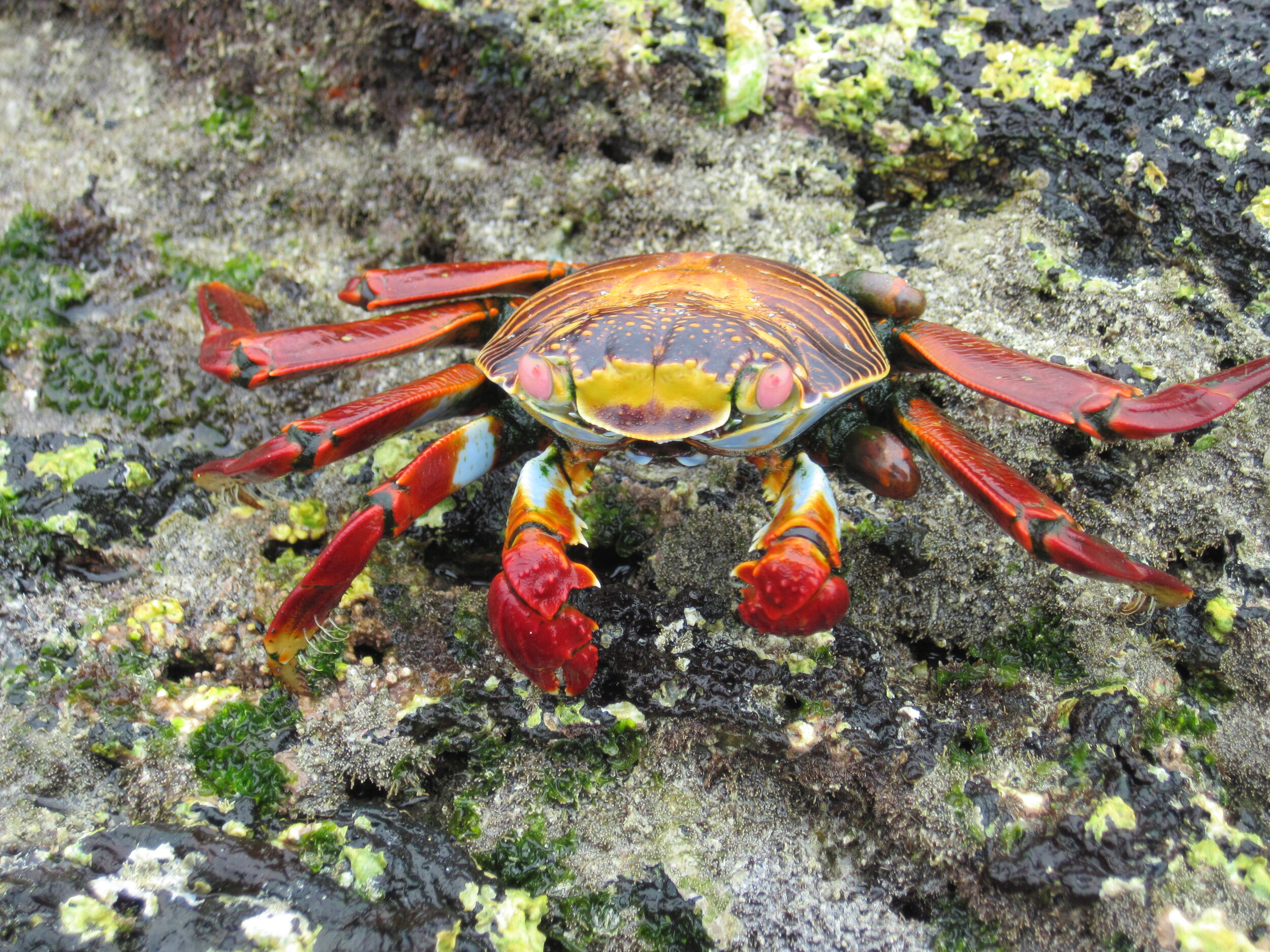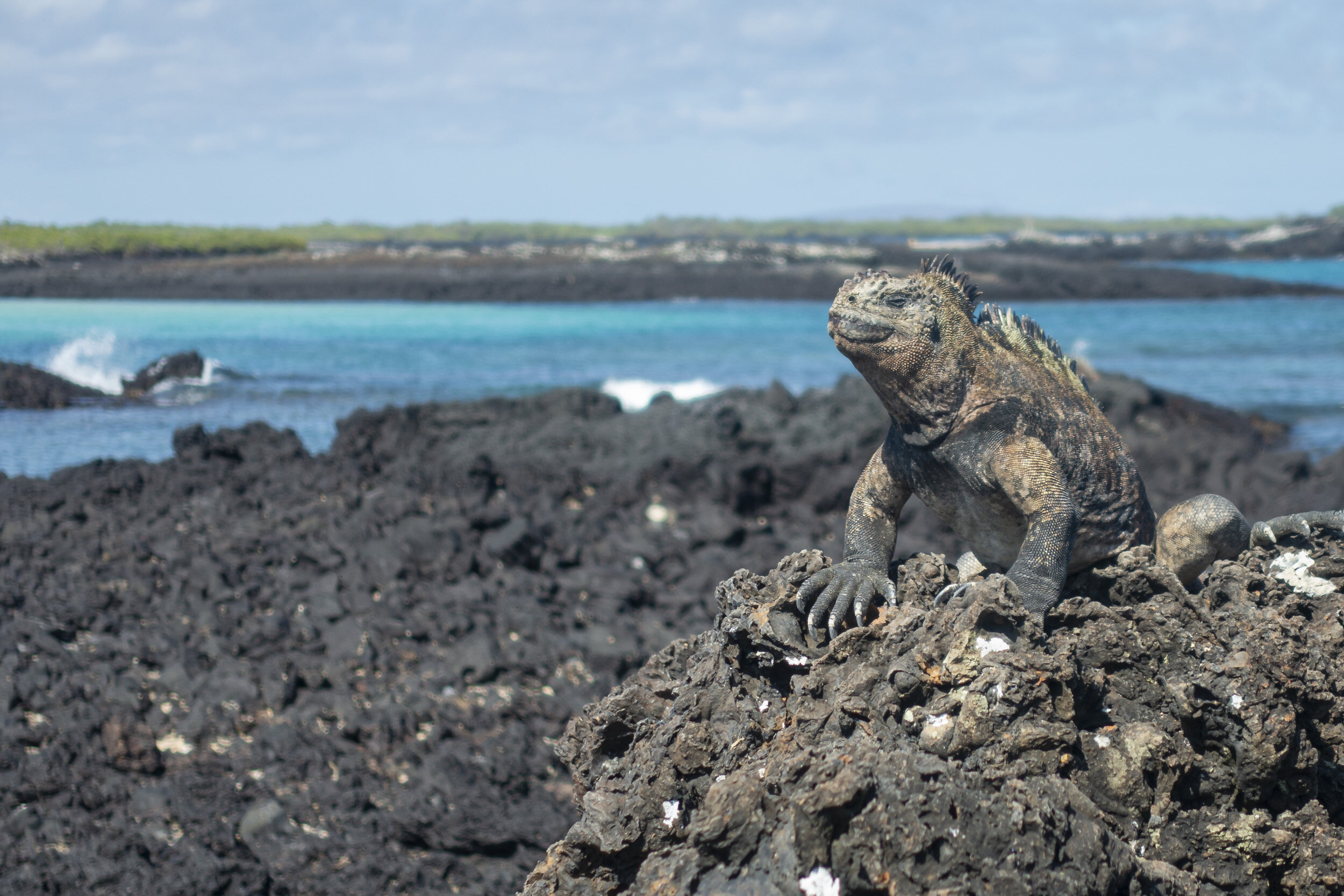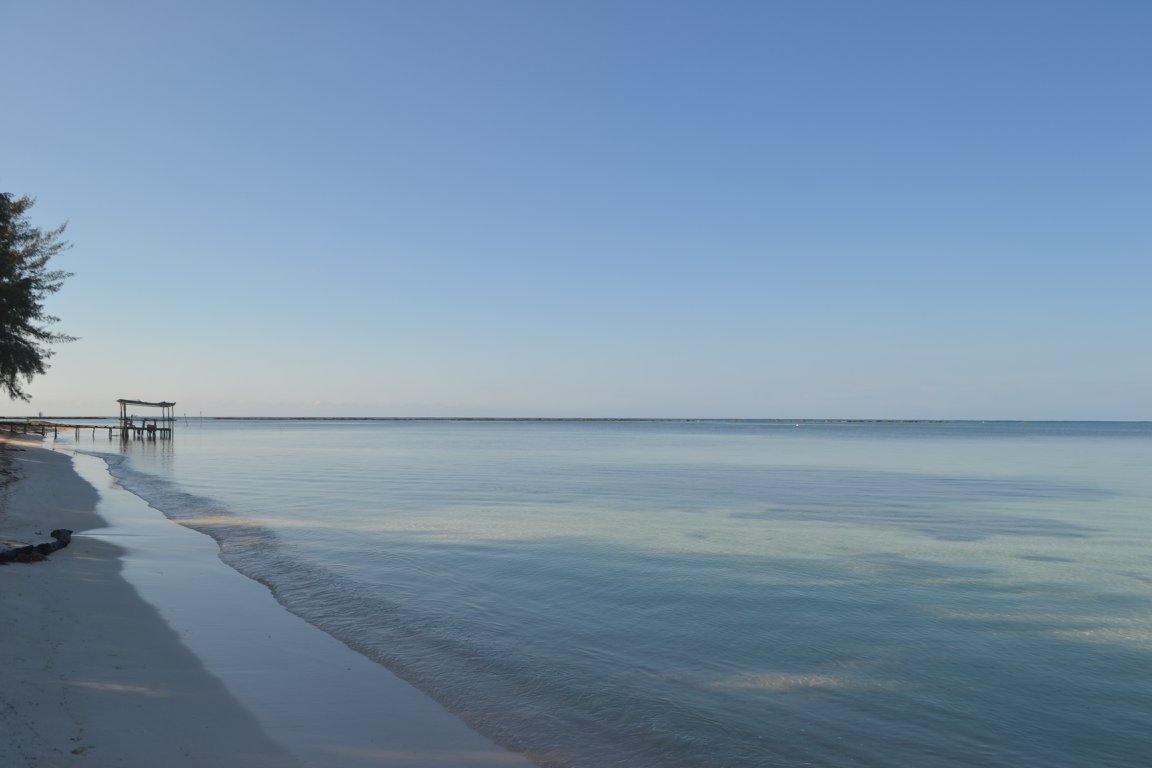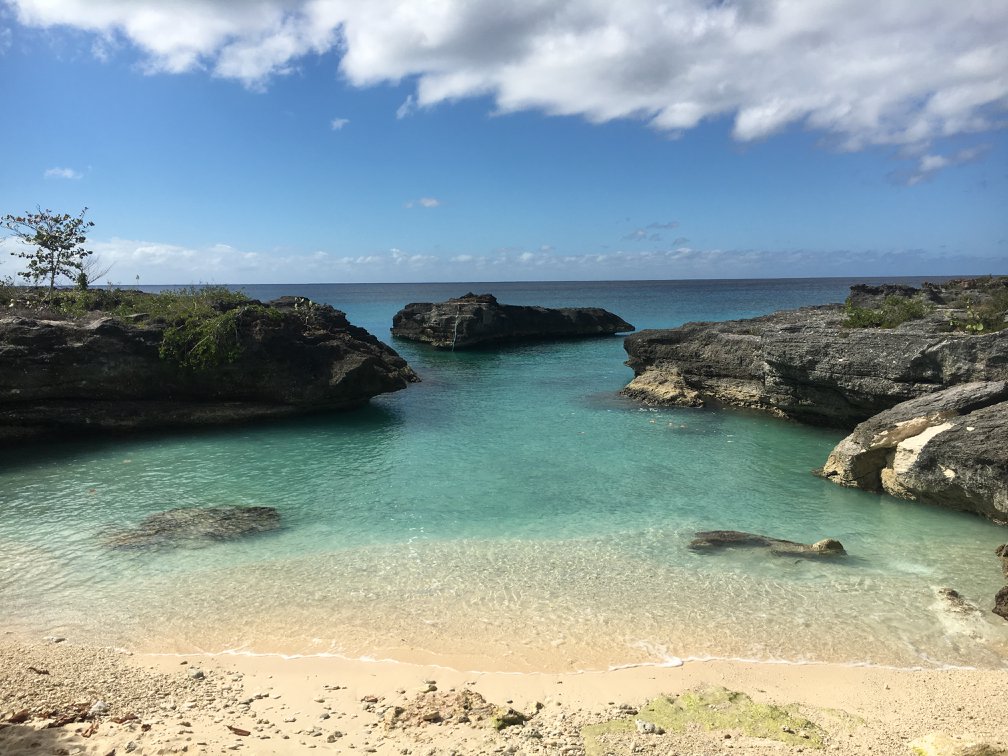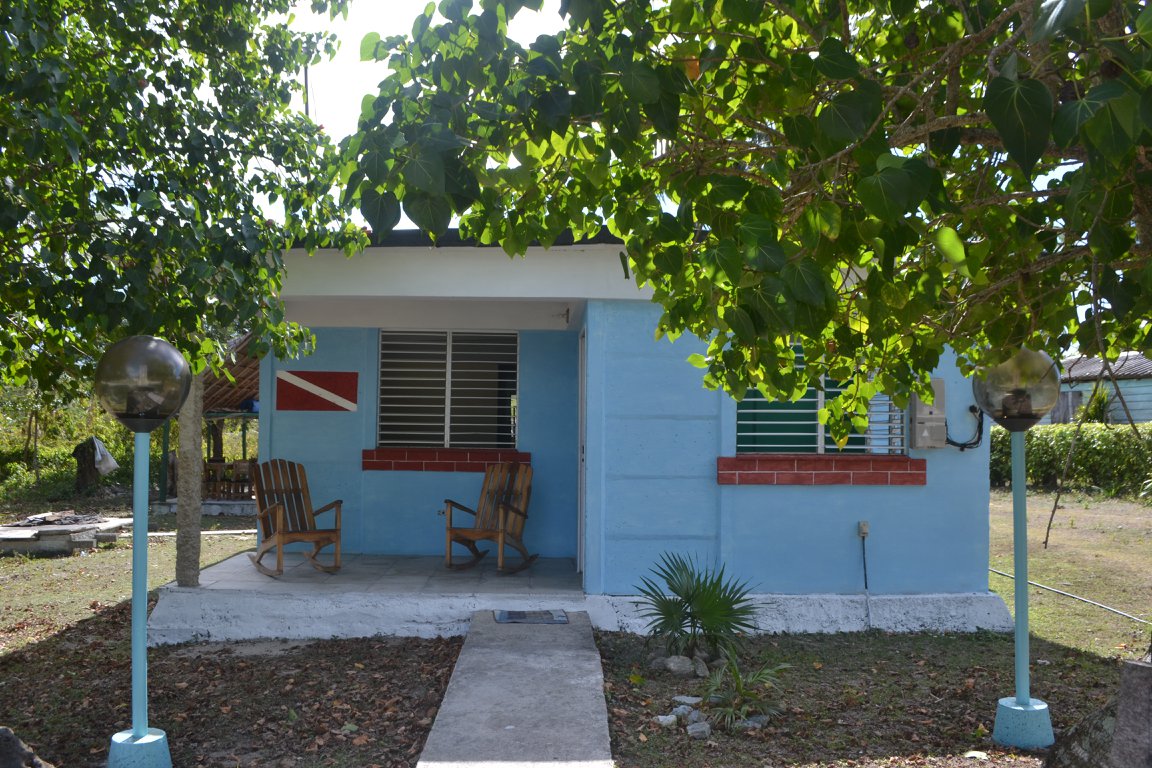Dear IOI Community -
It has been a challenging year. The compounding circumstances of the past 12 months have given us numerous opportunities to meet long-standing challenges head-on, at last! We saw the next generation, led by Greta Thunberg, start to turn a corner on an issue that former generations had ignored or paid lip service to for too long. Climate-anxiety and eco-paralysis came to the forefront as problems for an entire generation, sparking them into action.
Then came the all-encompassing Covid-19 pandemic, which showed us the fragility of our well-being as a species. As the world economy ground to a halt, it became clear that our globalized world was vulnerable. Governments all over the world struggled to keep their economies afloat, risking future financial stability. However, the pandemic has also given us a chance to stand still, reflecting on our values and on what is important in life.
Such reflections have led me to write to you today. While IOI has always had a very diverse staff and community, operates under non-discriminatory policies, and has implemented strategies to become carbon negative by 2022, we have not been vocal enough about our values or our support for causes outside our direct mission. That will change! While our mission will continue to focus on sustainable development through education abroad, recent events have renewed our enthusiasm for the change we can effect in the world when we come together in common, just cause.
Our past communications have taken for granted that a sustainable development organization implicitly stands for a certain set of values. That was wrong! Starting today, we will be more vocal about what we stand for and the change we want to see for a more sustainable tomorrow. We will more explicitly add our support to other valuable causes, to change, to a new future for the next generations. As such, we stand united with Black Lives Matter. We stand against racism, against structural inequality in the US, against complicit silence.
It seems that society has begun to reflect upon environmental stability, economic prosperity, and social justice at a never-before-seen scale. While the struggle for a more equitable, prosperous, and stable future is ongoing, today feels like the beginning of a more sustainable tomorrow—and I know the IOI community will rise to that occasion!
Encouraged,
Johann Besserer
Executive Director




